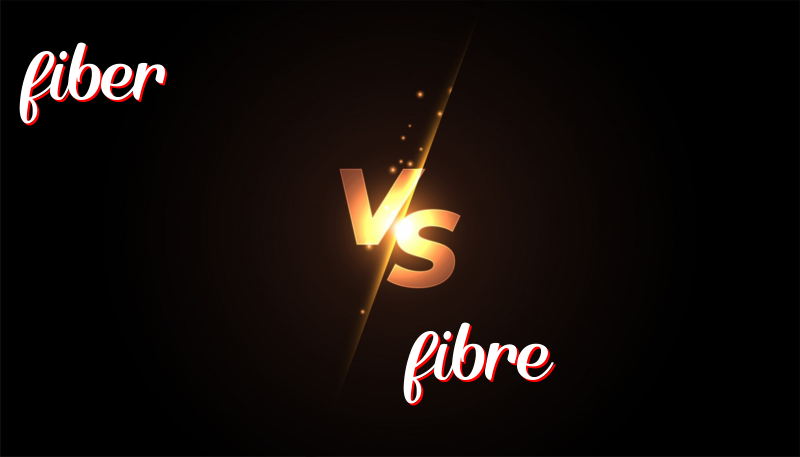Understanding Fiber and Fibre: A Spelling Guide
Fiber vs. Fibre
These two words, fiber and fibre, mean the same thing, but are spelled differently. Let’s learn about their history, how to use them, and some tricks to remember the difference.
History
The word “fiber” comes from the Latin word “fibra.” In English, we have two ways to spell it depending on where you are from. In American English, we spell it as fiber. In British English, we use fibre.
How to Use
Both words talk about long, thin strands or threads, like in cloth or plants. They can also mean parts of food that help our tummy work well.
Using “Fiber” (American English)
- I need more fiber in my diet for digestion.
- This sweater is made of natural fiber.
- High fiber foods are healthy.
- Some fruits have a lot of fiber.
- Wool is a type of fiber.
Using “Fibre” (British English)
- I enjoy eating foods rich in fibre.
- This fabric is woven from fine fibre.
- Cereal has added fibre.
- The plant fibre is very strong.
- Cotton is a soft fibre.
Trick to Remember the Difference
A simple way to remember: If you are in America, use fiber. Think of the word as being shorter and simpler, like American English tends to be. If you are in the UK or other places using British English, use fibre. The “re” at the end can remind you of the British way.
Summary
Both fiber and fibre talk about strands and food parts that are good for our health. Use fiber in America and fibre in the UK. Remember, they mean the same thing; only the spelling changes with the country.

Leave a Reply
You must be logged in to post a comment.